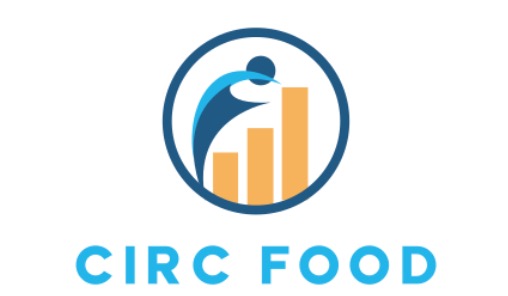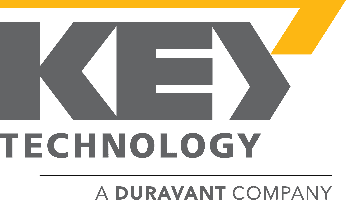10 Facts Influencing the Growth of Food Processing Industry Equipment in 2023
The food processing industry is an essential component of the global economy, continually evolving to meet the demands of an ever-changing consumer base. In 2023, the growth of food processing industry equipment is influenced by a myriad of factors that reflect advancements in technology, shifts in consumer preferences, and increased regulatory standards. As food safety and quality become paramount, the need for more efficient and innovative equipment has surged. Furthermore, sustainability efforts are driving manufacturers to seek eco-friendly solutions that not only enhance productivity but also minimize environmental impact. This blog will explore ten critical facts influencing the growth of food processing industry equipment this year, shedding light on the trends and innovations shaping the future of food processing. Through this examination, stakeholders can gain valuable insights into how these factors will define the landscape of the industry moving forward.
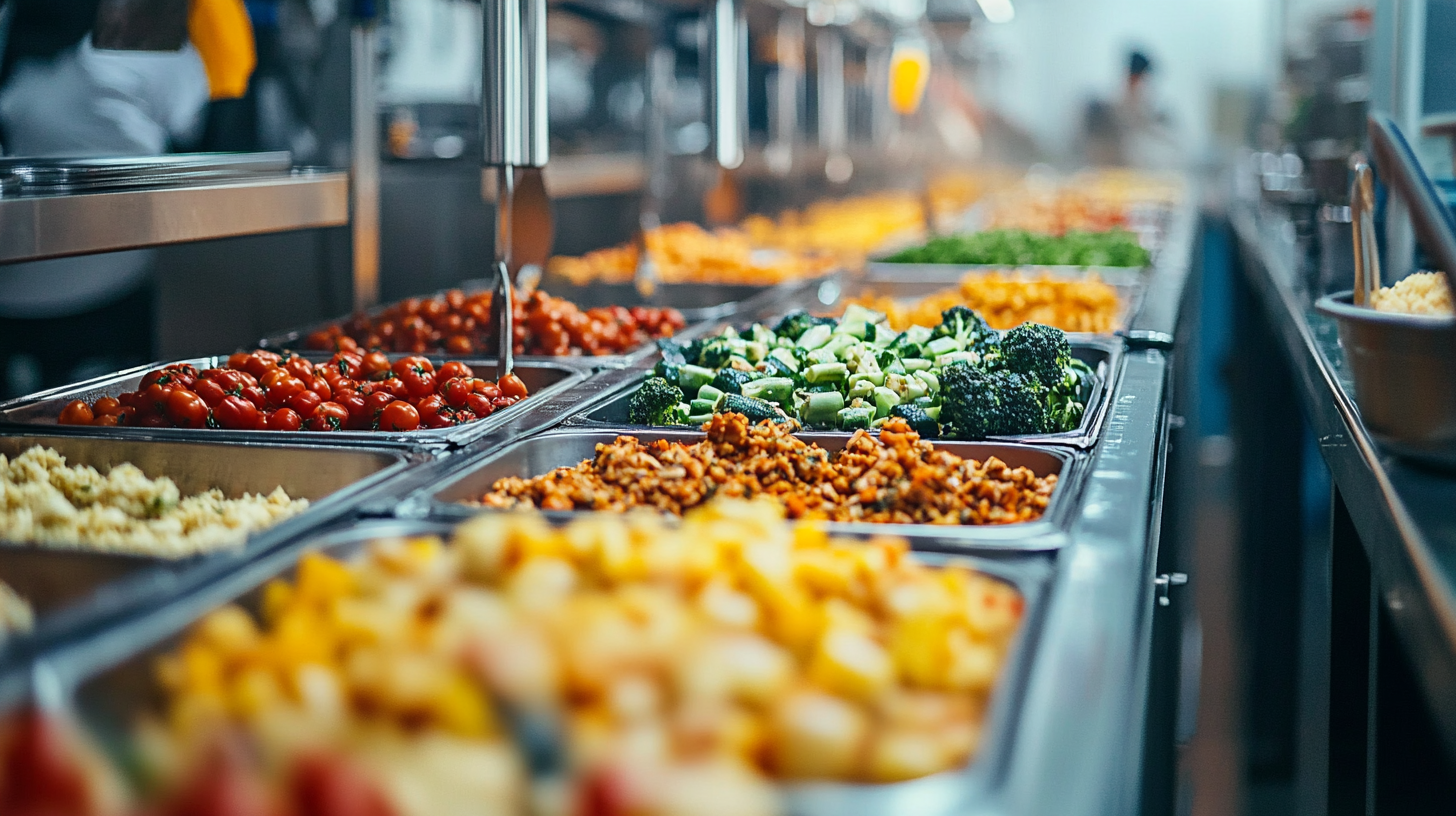
Emerging Technologies Revolutionizing Food Processing Equipment in 2023
As we move through 2023, emerging technologies are set to revolutionize the food processing equipment industry. The integration of automation and artificial intelligence (AI) is transforming traditional practices, enhancing production efficiency and accuracy. According to a report by Market Research Future, the global food processing equipment market is projected to reach $100 billion by 2025, driven significantly by the adoption of smart technologies. These technologies not only improve manufacturing processes but also enable predictive maintenance, reducing downtime and minimizing operational costs.
Another key development in this sector is the rise of advanced materials and sustainability practices. Innovative equipment made from recyclable materials is gaining traction as manufacturers strive to meet consumer demands for eco-friendly practices. Reports indicate that companies investing in sustainable food processing technologies can reduce energy consumption by up to 30%, making significant contributions to environmental conservation efforts. Additionally, with the emergence of smart packaging solutions, food safety and shelf-life extension are enhanced, catering to the growing trend of convenience in the modern consumer market. These advancements are crucial not just for boosting industry growth, but also for addressing the evolving expectations of consumers and regulatory standards.
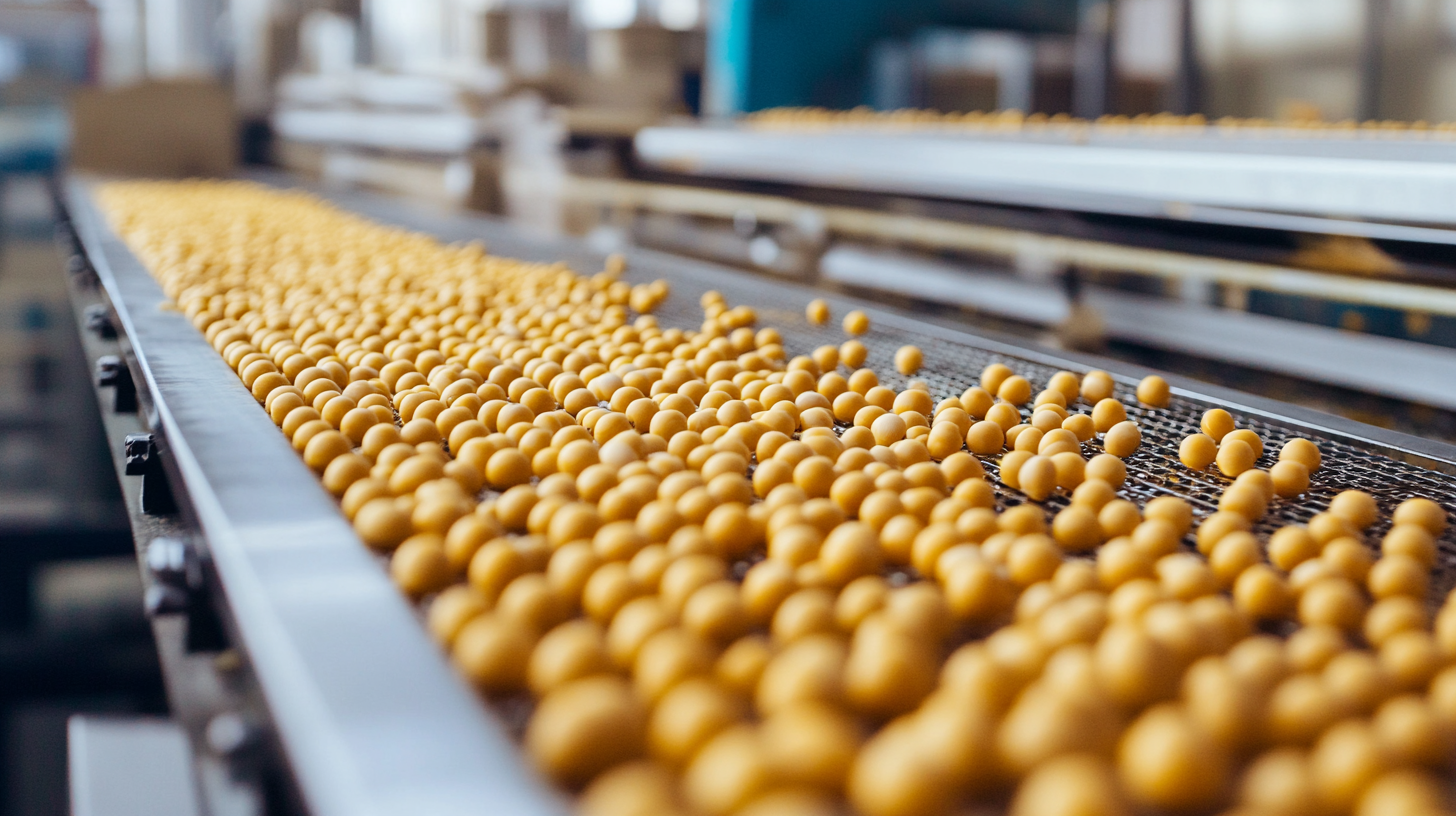
Key Market Trends Driving Demand for Food Processing Equipment
The food processing equipment market is experiencing significant growth in 2023, driven by a confluence of key trends that are shaping consumer preferences and operational efficiencies. One of the notable trends is the increasing demand for sustainable packaging solutions. With a heightened awareness of environmental concerns, manufacturers are turning to food-grade recycled materials to reduce waste and enhance the sustainability of their products. This shift not only aligns with consumer values but also opens up new market opportunities, particularly in food packaging applications where innovation is critical.
Moreover, advancements in technology are revolutionizing the food processing landscape. Automation and digitization are becoming essential components, with equipment that integrates smart technologies offering improved efficiency and consistency. This trend is supported by the anticipated growth of the plastic processing machinery market, which is projected to expand significantly by 2032. As the industry embraces these advancements, companies are better positioned to meet the growing demand for high-quality food products while adhering to regulatory standards and consumer expectations. The evolution of kitchen tools and equipment also plays a crucial role in facilitating these changes, making food preparation faster and more efficient in both commercial and home settings.
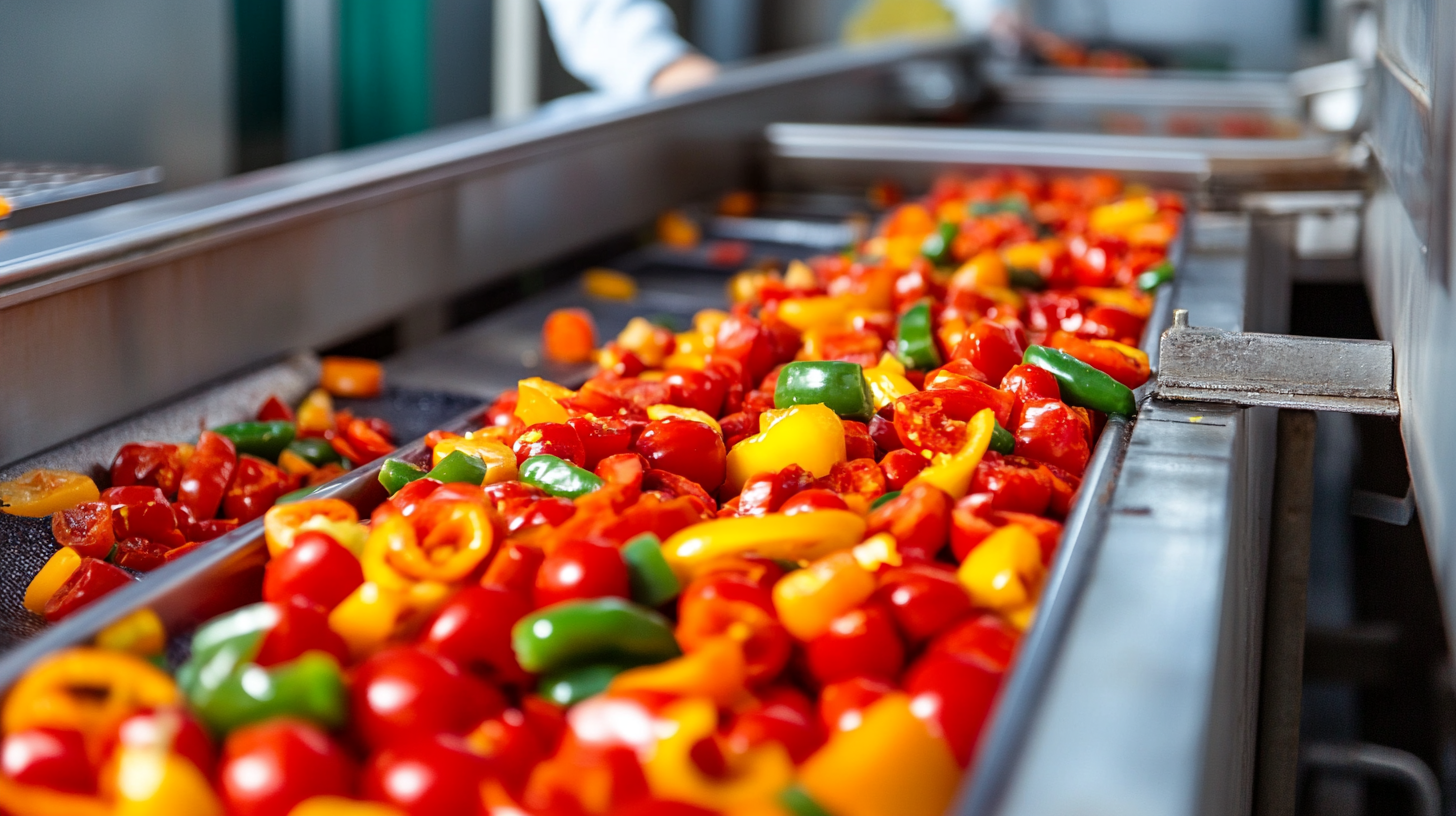
Impact of Sustainability Regulations on the Food Processing Industry
The food processing industry is witnessing a significant transformation in 2023, primarily influenced by stringent sustainability regulations. As environmental concerns grow, regulatory bodies are pushing for practices that reduce waste, minimize carbon footprints, and promote resource conservation. These regulations compel food processors to adopt advanced technologies and innovative practices, facilitating a shift towards more sustainable production methods.
Moreover, compliance with sustainability regulations is not just about meeting legal requirements; it's becoming a competitive edge. Companies that prioritize eco-friendly equipment and processes are likely to attract environmentally-conscious consumers, boost brand loyalty, and enhance their market position. In this ever-evolving landscape, investing in sustainable equipment is essential for food processors looking to future-proof their businesses while contributing to a greener planet.
As the industry adapts to these changes, there's a rising demand for equipment that reduces energy consumption, utilizes renewable resources, and incorporates waste recycling systems. This shift not only aligns with regulatory frameworks but also reflects a growing consumer demand for sustainably produced food, ultimately shaping the future of the food processing equipment market.
Investment Opportunities in Automation and Robotics for Food Processing
The food processing industry is experiencing a transformative period, with automation and robotics at the forefront of this evolution. As companies seek to streamline operations and enhance efficiency, the adoption of advanced technologies has become imperative. Investments in automation not only reduce labor costs but also minimize human error, ensuring consistent product quality. This shift is particularly crucial in meeting the growing demand for safe and high-quality food products, as consumers become increasingly health-conscious.
Emerging technologies such as AI-driven robotics are revolutionizing the way food is processed, packaged, and delivered. These innovations facilitate faster production times and allow for greater flexibility in manufacturing processes, enabling businesses to adapt quickly to changing market trends. Moreover, the integration of smart sensors and IoT devices into food processing equipment enhances operational oversight and data analytics, providing valuable insights that drive continuous improvement. As these technologies advance, the opportunities for investment in the automation and robotics sector of the food processing industry will continue to expand, offering lucrative prospects for forward-thinking stakeholders.
Growth of E-commerce and Its Influence on Food Processing Equipment Needs
The growth of e-commerce has significantly transformed the landscape of the food processing industry, creating new demands for innovative equipment. As online grocery shopping becomes increasingly commonplace, food processor companies are now facing the challenge of meeting the heightened expectations of consumers for faster, fresher, and more diverse food options. This shift not only requires efficient production systems but also necessitates advanced packaging technologies that maintain food integrity during transit. Consequently, the need for specialized processing equipment tailored to these requirements has surged.
Moreover, with e-commerce platforms expanding their reach, food processing businesses must adapt their operations to cater to this evolving market. This includes investing in automation and robotics to streamline production processes, ensuring not only efficiency but also the ability to scale operations quickly. As online sales continue to rise, food processors will require versatile equipment capable of handling varied product lines and rapid turnaround times. Ultimately, embracing these changes will be crucial for companies aiming to thrive in the competitive food processing sector fueled by e-commerce dynamics.
